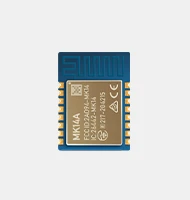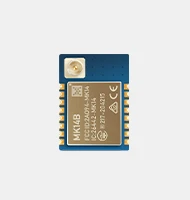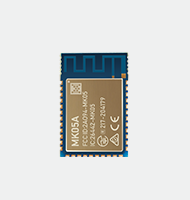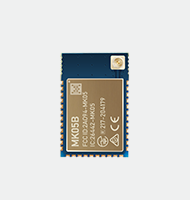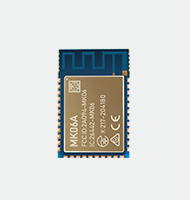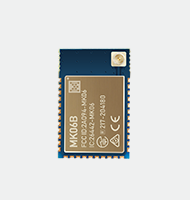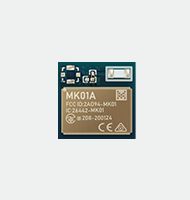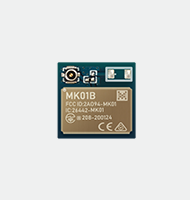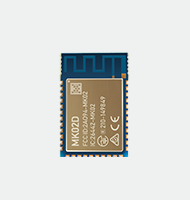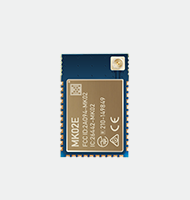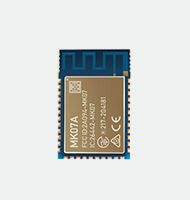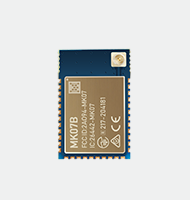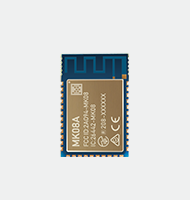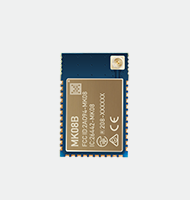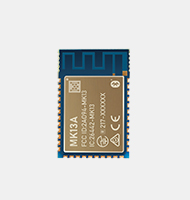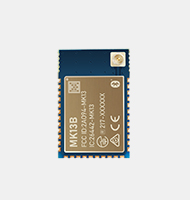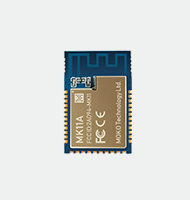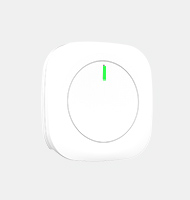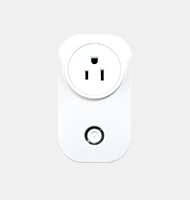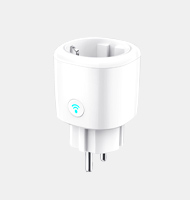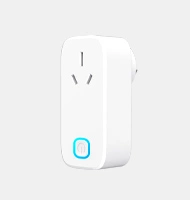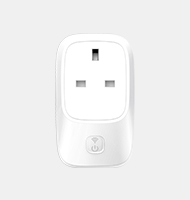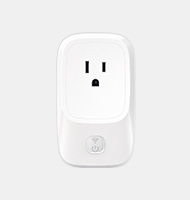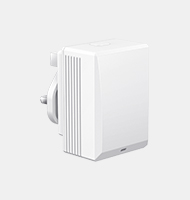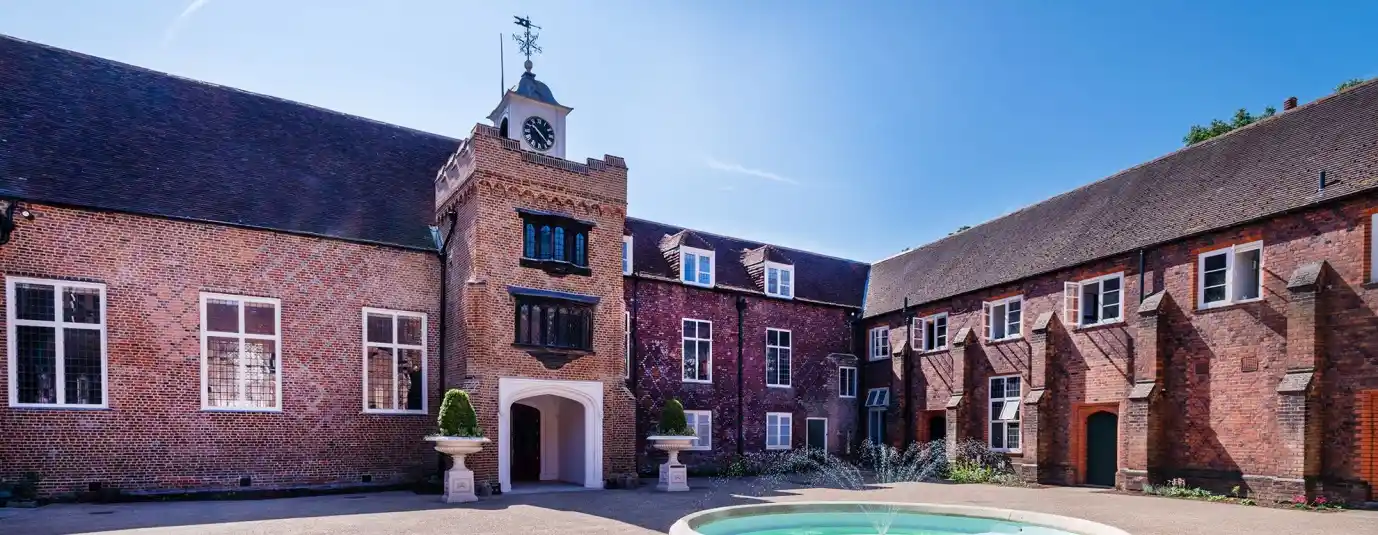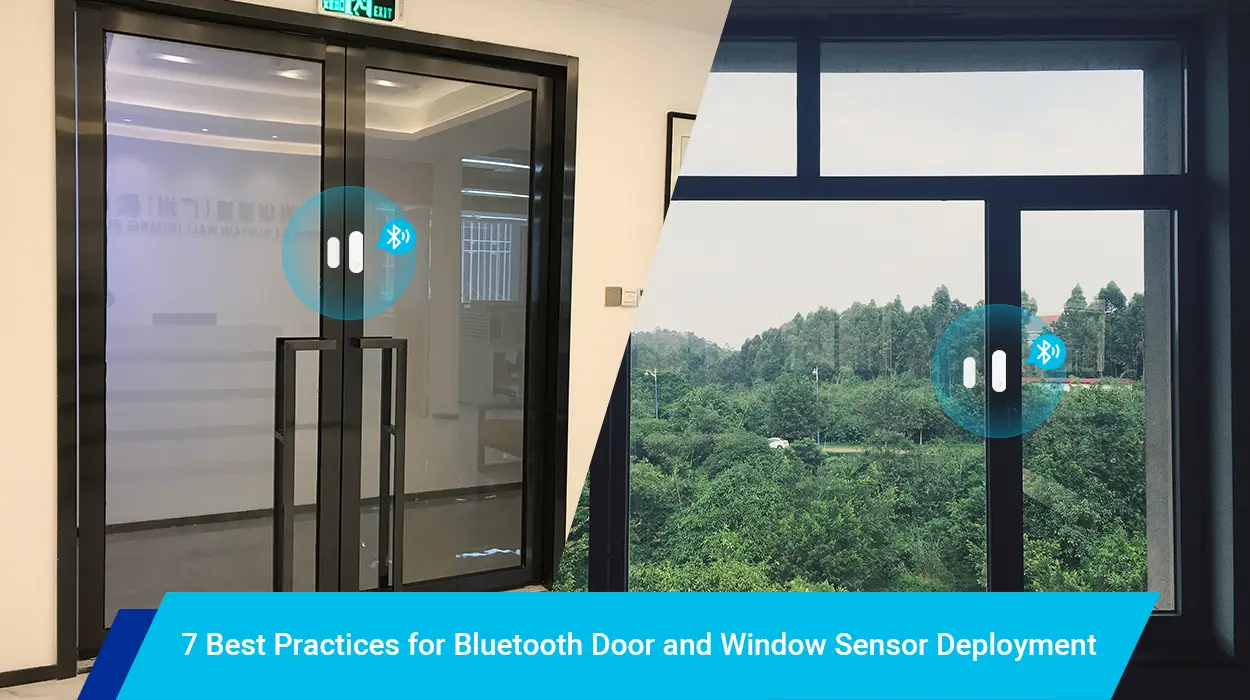What are beacons?
Beacons are pocket-size devices that distribute a low-energy Bluetooth (BLE) signal in the near surroundings. You will utilize this signal strength to state the estimated distance between the beacon and the additional Bluetooth-enabled gimmick. This allows the power to activate actions based on proximity to that gimmick. This could be sending out a warning signal or acting an effort when the app finds the beacon is at a definite distance or it could be utilized as a technique to track the positions of folks or products in inner surroundings. Due to satellite position systems not being able to do work indoors, beacon technology is quickly emerging as the leading indoor location technology.
As per Grand-view analysis, the Bluetooth Beacon Market will be about $58.7 billion by the year 2025, with Bluetooth beacons approximated to have a significant adoption and a smooth yearly growth rate of 95.3% by the year 2025.
How does beacon work in museums?
Beacons propose museums a chance to offer context to visitants like never before. An application can work for detecting the presence of a person in the museum with beacons technology. Museums will have quick client acceptance for beacons as they replace familiar instruments that invitees are used to.
Why beacon technology best suits the museum industry?
At that place, there are 100s of museums & art galleries around the universe enforcing beacons today. The prospect of beacons raising the dedicated mobile app in museums is infinite. Here are eight advanced uses of real-time location-based museums marketing benefits:
- Push notification or on-demand interactional media based on the non-textual matter within museums.
- The sound tour becomes more contingent on the visitor’s exemption of direction, and the interactional map can assist in contriving their individualized tour.
- Chasing a visitor’s preferred artwork based on residing time or they in person adding up it to their ‘Favourites’ once nearby, and so later promoting related souvenirs while the lover is just about the shop.
- Gamify the learning feel with scavenger hunts, tests, or additional edutainment. Payback participants with additional knowledge and discounts from the token shops or publicity for their upcoming visit.
- On-the-spot experts can respond to the questions via mobile immediately.
- Management can gather up valuable analytics, optimize dealings management, and determine where the hotspots are through heat maps.
- Beacons can raise Google Glass, Augmented Reality, and additional technological add-ons by proximity-enabling.
- Related audio-triggered comments within propinquity can create statues and pictures that come into being by discussing their history and their creator.
It is all about creatively finding out the best accommodation solution and not deluging visitors with activated bombardments. With the complete balance of beacon-triggered messages, visitants will have a good dose of phone interaction and heighten the experience of the graphics in the museum.
Exploring a location-based technology in museums:
Freshly, there has been a lot of care dedicated to beacons in the museum industry. This technology directs the need for a cheap, easy-to-implement result for inner location-based solutions. Among the most significant challenges presented by expos and museums is to draw in the younger geneses. They are technologically boosted and have excellent gamification chances; beacon-based mobile apps are certainly rigging this problem. Planned to produce individualized interactions, better visitor engagement, and accept content delivery to the following level, beacon-based results for the museum can redefine the visitant experience by admitting each art piece to intercommunicate with visitors personally.
How can we use beacons in museums and exhibitions?
Beacons technology in museums helps save up money, produce a more pleasing experience, and allow necessary information about your visitants.
Museums have all of the time been looking for originative ways to interact with visitants. Beacon Technology and Physical Web technology assists museums in preparing, guide and state sensational stories through interactional experience. With beacons, technology museums can eventually collect helpful information about their visitants, assist them in navigating, and present them the suitable content at the appropriate time and place.
- Contextual data:
As the visitants go around the museum, beacons can activate hyper aimed and propinquity-based updates. For instance, with a beacon-enabled app, the visitants can get notification of whatever approaching lectures they travel by. Contents relayed thru beacons can offer details about any exhibitioners, even about the museum’s story itself. Contingent on particular artifacts and demonstrates the visitants can send out testimonials for the aspect of interests.
- Entry tickets:
With beacons technology being positioned at entry points, museums can rest free from the job of hand-operated entry of tickets. By going inside the museum doorway, the visitants are acknowledged through apps set up on their gimmicks. Without utilizing the pocketbook or smartphone, the visitants can pay up their entry fee by the POS system. This is still a smooth process as it gets rid of the trouble of standing in long lines up to purchase tickets.
- Analytics:
With beacons technology, can gather up information to acquire insights affecting the behavior of the visitants. This successively helps in bettering the positions of the exhibits along with the sets up of the museum. By utilizing beacon technology for museums, you can describe which exhibits are your favorite and how much time visitants are passing at diverse locations.
- Educational excursions:
The significance of beacon technology in museums can allow students to experience the latest technology in the museum. Study trips started by schools and colleges can be enriched with ample interaction utilizing beacon benefits. The students can adopt guiding cues offered on screen,outliens with whiteboard chracteristics can be excuted,or notes can be viewed as better interpreting.
- Indoor museum navigation:
Beacon technology in a museum is mapping out its surroundings and present all demonstrate in one handy interface. Visitants can utilize the mapping in the smartphone, find out particular halls and demoes to visit, and enforce real-time turn-by-turn exposition navigation beacon. Additionally, after integrating location-based technology, museums can make mini-tours for visitants according to their visibility and interests.
- Notification with proximity marketing:
By utilizing beacons, musuem can pull in visitors nearby by sending out notification thru proximity messaging. Furthermore, beacons can assist museum owners to register the user’s browsing history and additional interests.
Future executions:
In the future, this beacon technology may be utilized in museums for:
- Digital “like” or “tweet”:
Beacons could as well enable mobile users to digitally “like” or “tweet” something that they love in a museum. This does work as a bang-up advertising mass medium for museums.
- Digital signage:
Push individualized related content or proposes to visitants as they affiance with digital signage.
- Bookmark to see later:
If there is an exhibit that a visitant found truly interesting, he could bookmark it to surf afterward.
- Content notation:
Where beacons can let visitants leave remarks bound to items, browseable by additional visitants in the locality.
Four Museums that have applied Beacons:
Beacons propose museums a chance to allow context to visitants like never before. With beacons technology, an app can feel incisively where in the museum an invitee is and offer related information. Rather than searching through a good tour for the appropriate section, the visitant can immediately watch a video recording spotlighting the creative person’s life on his smartphone and finding out more about a specific painting. Nowadays, almost every museum is using Beacon technology. Beacon technology not only benefits visitants but also helpful for the staff of the museum itself.
Experts in the beacon keep that museums will be among the most boastful beneficiaries of iBeacon engineering or you can as well say Beacon Technology. Museums will bear fast client acceptance for beacons as they replace recognized instruments that invitees are used to. Besides audio headsets, they can utilize their smartphones. Rather than exploring through a pamphlet for the suitable exhibit, beacons can precise their position with accuracy.
- Fulham Palace:
Fulham Palace is utilizing iBeacon with visitant guides. The COVID situation has speeded up the vogue for beacon technology drove visitant directions. Using visitants’ devices instead of venue-supplied devices takes out concerns considering decontaminating shared gimmicks. Smartphone gone leads tend to be more interactional and allow visitants to carry on affiancing with content and locales after they have left behind the visitant space.
- Norwegian National Museum:
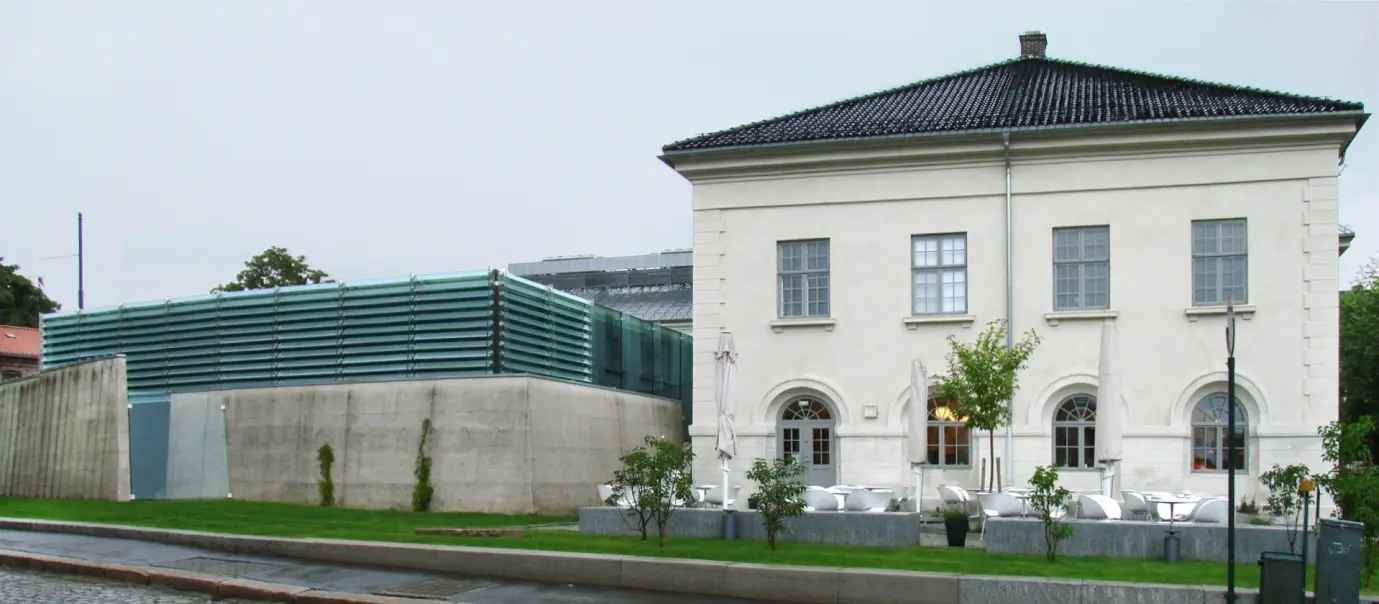
Norwegian National Museum is utilizing beacons to find out the location of museum faculty. Faculty hold SC21 TETRA hand-held radios discover beacons, and upload information back to a museum control room.
- National Slate Museum, Wales:
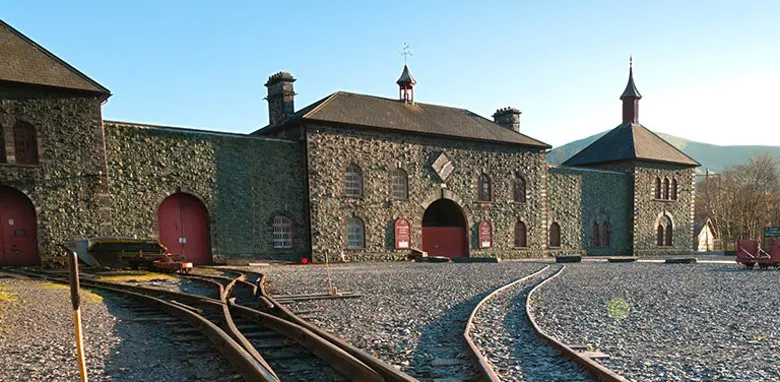
National Slate Museum, Wales, was the first most national museum in the universe to set up beacons that enable visitants to bring out more about accumulations as they circumambulator a site.
National Slate Museum is trying to merge particular elements of digital inheritance specified as learning, rendering, and the utilization of multilingual and bilingual materials. The message is added dynamically into visitors’ hands to the museum, with media-rich stuff coming out on their mobile gimmick as they walk in.
Wales’ museum is hence searching for the total potential of iBeacon technology to make a new world of community service for the social, inheritance, and museum spheres.
- Brooklyn Museum, New York:
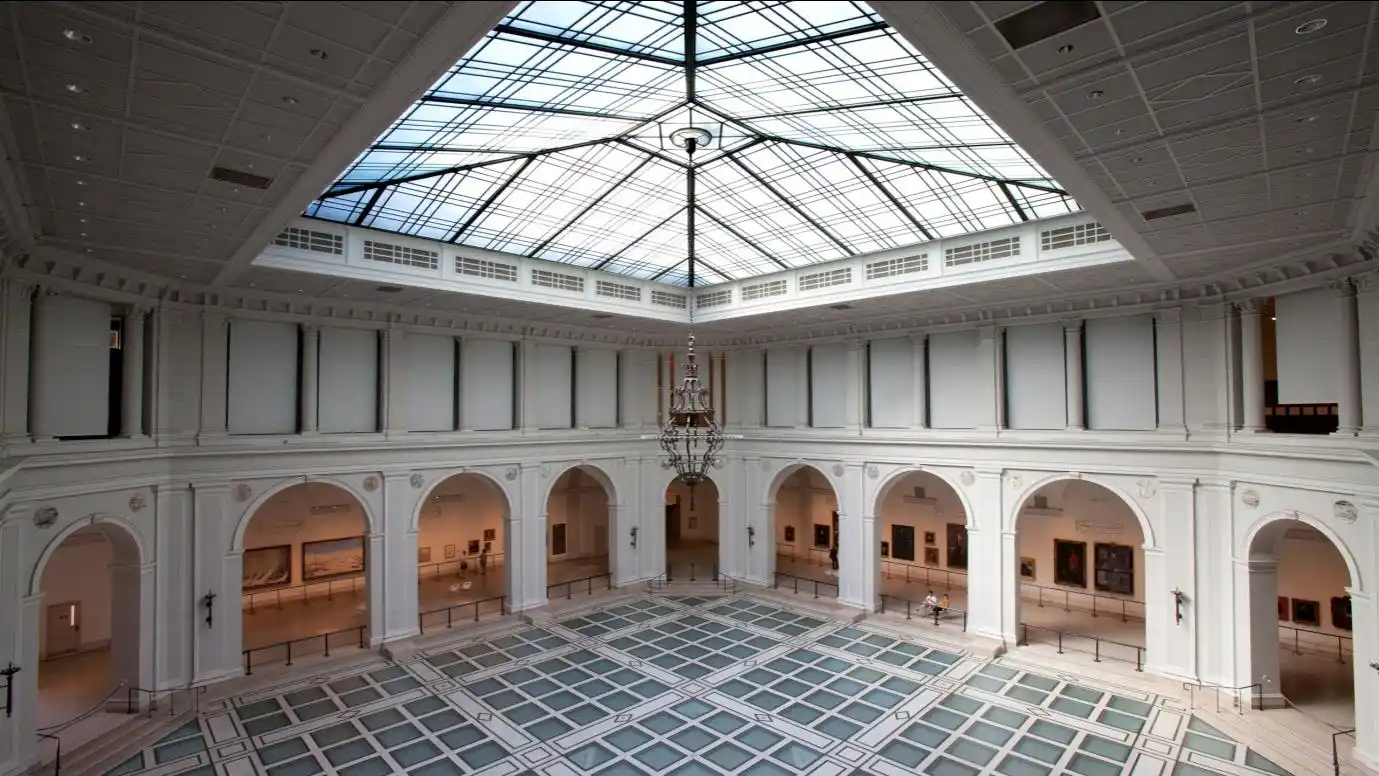
Brooklyn museum acquires a more individualized approach, utilizing the beacons technology as simple indicators of position. There are constant questions from visitants about the exhibits, but with defined art experts often inaccessible, who can they address? The significant conception of their deployment of beacons technology is to catch out incisively where the spectators are.
Hence, the digital age that we reside in has made a layout of instruments switching the method we portion out and absorb data. Nowadays, zero organization is free from the disruptions caused by technological conception, and a few are leveraging it in fresh ways.
Therefore, users recover a feeling of a place with beacons technology, admitting them to experience more booked and more affiliated to the active space. Companies find operational knowledge about their visitors and employees, permitting them to change digital feels and physical places based on the circumstance of the visitor’s identity and position. The final result of a beneficial beacon scheme is a win for the business concern and a win for the visitor. We trust to see more successful executions of beacons technology in day-to-day scenarios!
